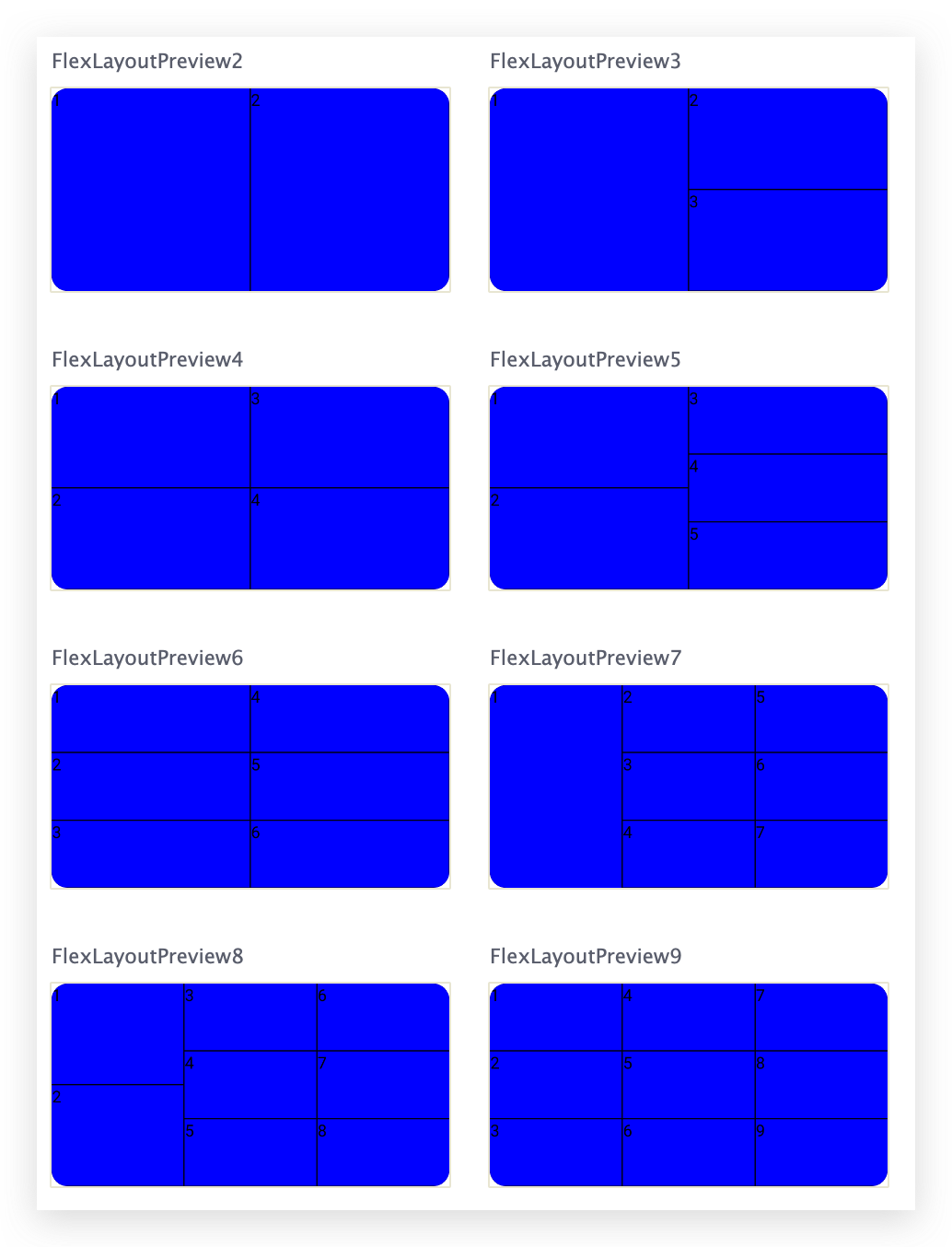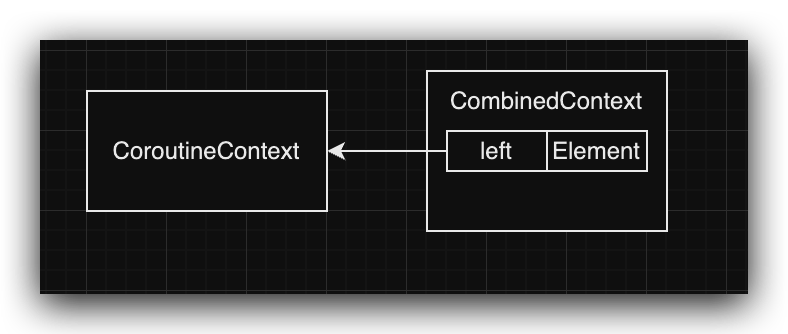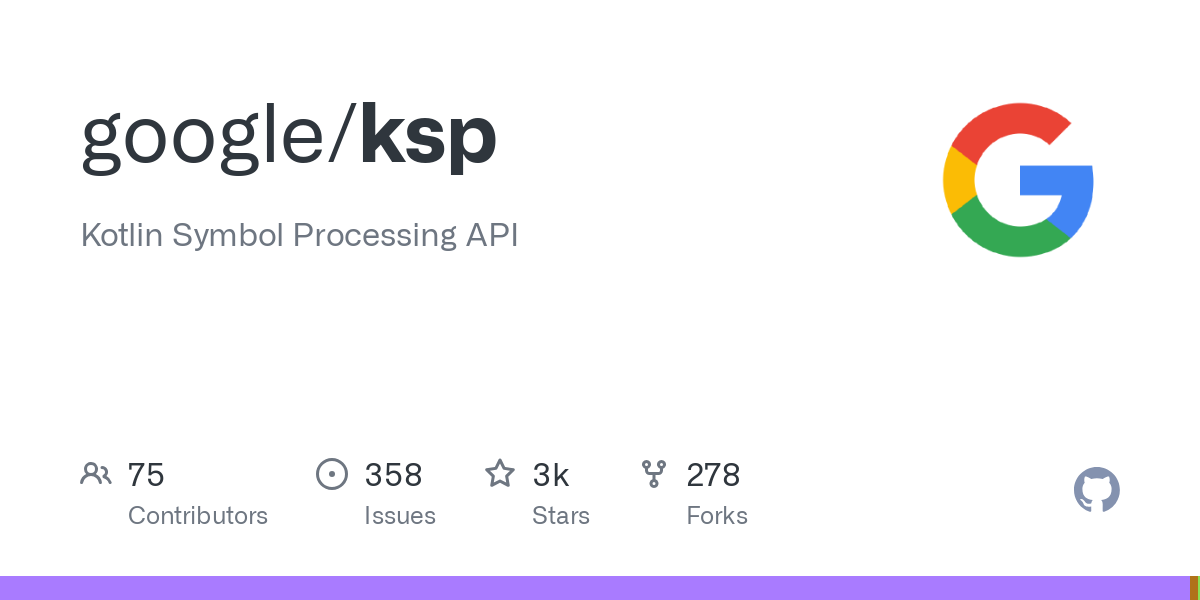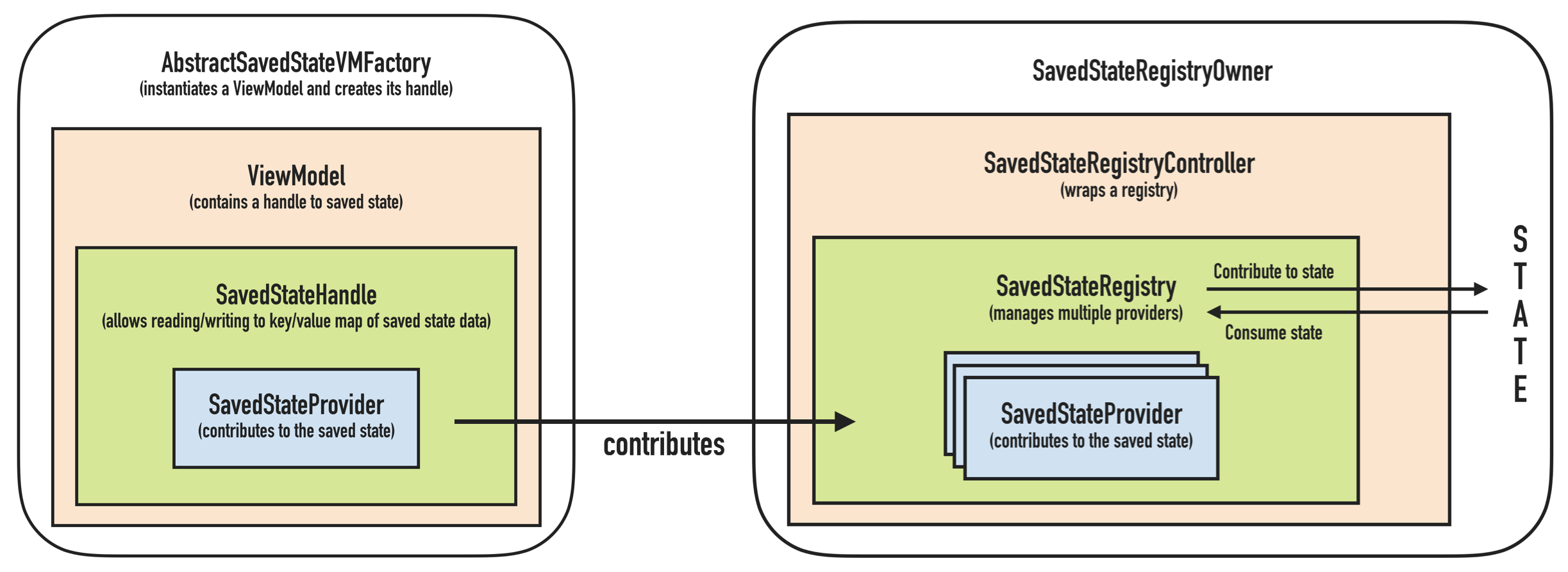Retrofit 是流行的 Android 网络访问框架,本文基于 2.8.1 版本分析其源码,了解 Retrofit 是如何进行网络访问的。
使用方式 官网文档 提供了简单使用的例子:
定义接口 1 2 3 4 public interface GitHubService { @GET("users/{user}/repos") Call<List<Repo>> listRepos (@Path("user") String user) ; }
构建实例 1 2 3 4 5 Retrofit retrofit = new Retrofit .Builder() .baseUrl("https://api.github.com/" ) .build(); GitHubService service = retrofit.create(GitHubService.class);
调用方法 1 Call<List<Repo>> repos = service.listRepos("octocat" );
分析 创建 Retrofit Retrofit 的使用首先从构建 Retrofit 实例开始,使用建造者(Builder)模式 链式调用创建,主要初始化了一些基础参数。
1 2 3 4 5 6 7 8 9 10 11 12 13 14 15 16 17 18 19 20 21 22 23 24 25 26 27 28 29 30 31 32 33 34 35 36 37 38 39 40 41 42 43 44 45 46 47 48 49 50 51 52 53 54 55 56 57 58 59 60 61 62 63 64 65 66 67 68 69 70 71 72 73 74 75 76 77 78 79 80 81 82 83 84 85 86 87 88 89 90 91 92 93 94 95 96 97 98 99 100 101 102 103 104 105 106 107 108 109 110 111 112 113 114 115 116 117 118 119 120 121 122 123 124 public static final class Builder { private final Platform platform; private @Nullable okhttp3.Call.Factory callFactory; private @Nullable HttpUrl baseUrl; private final List<Converter.Factory> converterFactories = new ArrayList <>(); private final List<CallAdapter.Factory> callAdapterFactories = new ArrayList <>(); private @Nullable Executor callbackExecutor; private boolean validateEagerly; Builder(Platform platform) { this .platform = platform; } public Builder () { this (Platform.get()); } Builder(Retrofit retrofit) { platform = Platform.get(); callFactory = retrofit.callFactory; baseUrl = retrofit.baseUrl; for (int i = 1 , size = retrofit.converterFactories.size() - platform.defaultConverterFactoriesSize(); i < size; i++) { converterFactories.add(retrofit.converterFactories.get(i)); } for (int i = 0 , size = retrofit.callAdapterFactories.size() - platform.defaultCallAdapterFactoriesSize(); i < size; i++) { callAdapterFactories.add(retrofit.callAdapterFactories.get(i)); } callbackExecutor = retrofit.callbackExecutor; validateEagerly = retrofit.validateEagerly; } public Builder client (OkHttpClient client) { return callFactory(Objects.requireNonNull(client, "client == null" )); } public Builder callFactory (okhttp3.Call.Factory factory) { this .callFactory = Objects.requireNonNull(factory, "factory == null" ); return this ; } public Builder baseUrl (URL baseUrl) { Objects.requireNonNull(baseUrl, "baseUrl == null" ); return baseUrl(HttpUrl.get(baseUrl.toString())); } public Builder baseUrl (String baseUrl) { Objects.requireNonNull(baseUrl, "baseUrl == null" ); return baseUrl(HttpUrl.get(baseUrl)); } public Builder baseUrl (HttpUrl baseUrl) { Objects.requireNonNull(baseUrl, "baseUrl == null" ); List<String> pathSegments = baseUrl.pathSegments(); if (!"" .equals(pathSegments.get(pathSegments.size() - 1 ))) { throw new IllegalArgumentException ("baseUrl must end in /: " + baseUrl); } this .baseUrl = baseUrl; return this ; } public Builder addConverterFactory (Converter.Factory factory) { converterFactories.add(Objects.requireNonNull(factory, "factory == null" )); return this ; } public Builder addCallAdapterFactory (CallAdapter.Factory factory) { callAdapterFactories.add(Objects.requireNonNull(factory, "factory == null" )); return this ; } public Builder callbackExecutor (Executor executor) { this .callbackExecutor = Objects.requireNonNull(executor, "executor == null" ); return this ; } public List<CallAdapter.Factory> callAdapterFactories() { return this .callAdapterFactories; } public List<Converter.Factory> converterFactories() { return this .converterFactories; } public Builder validateEagerly (boolean validateEagerly) { this .validateEagerly = validateEagerly; return this ; } public Retrofit build () { if (baseUrl == null ) { throw new IllegalStateException ("Base URL required." ); } okhttp3.Call.Factory callFactory = this .callFactory; if (callFactory == null ) { callFactory = new OkHttpClient (); } Executor callbackExecutor = this .callbackExecutor; if (callbackExecutor == null ) { callbackExecutor = platform.defaultCallbackExecutor(); } List<CallAdapter.Factory> callAdapterFactories = new ArrayList <>(this .callAdapterFactories); callAdapterFactories.addAll(platform.defaultCallAdapterFactories(callbackExecutor)); List<Converter.Factory> converterFactories = new ArrayList <>( 1 + this .converterFactories.size() + platform.defaultConverterFactoriesSize()); converterFactories.add(new BuiltInConverters ()); converterFactories.addAll(this .converterFactories); converterFactories.addAll(platform.defaultConverterFactories()); return new Retrofit (callFactory, baseUrl, unmodifiableList(converterFactories), unmodifiableList(callAdapterFactories), callbackExecutor, validateEagerly); } }
创建接口实例 创建接口实例调用了 Retrofit 的 create 方法:
1 2 3 4 5 6 7 8 9 10 11 12 13 14 15 16 17 18 19 public <T> T create (final Class<T> service) { validateServiceInterface(service); return (T) Proxy.newProxyInstance(service.getClassLoader(), new Class <?>[] { service }, new InvocationHandler () { private final Platform platform = Platform.get(); private final Object[] emptyArgs = new Object [0 ]; @Override public @Nullable Object invoke (Object proxy, Method method, @Nullable Object[] args) throws Throwable { if (method.getDeclaringClass() == Object.class) { return method.invoke(this , args); } if (platform.isDefaultMethod(method)) { return platform.invokeDefaultMethod(method, service, proxy, args); } return loadServiceMethod(method).invoke(args != null ? args : emptyArgs); } }); }
该方法主要使用了动态代理 实现,根据接口生成对应的代理类,然后将接口的调用使用 InvocationHandler 实现。
InvocationHandler 的invoke方法就是接口生成的对应的动态代理实例方法被调用后实际上调用的地方,我们可以通过参数获取到代理对象,被调用的方法和方法参数。这里对 Object 和 Java8 之后的默认方法做了对应处理,最后走到核心代码loadServiceMethod(method).invoke(args != null ? args : emptyArgs)。
1 2 3 4 5 6 7 8 9 10 11 12 13 ServiceMethod<?> loadServiceMethod(Method method) { ServiceMethod<?> result = serviceMethodCache.get(method); if (result != null ) return result; synchronized (serviceMethodCache) { result = serviceMethodCache.get(method); if (result == null ) { result = ServiceMethod.parseAnnotations(this , method); serviceMethodCache.put(method, result); } } return result; }
loadServiceMethod方法优先从 serviceMethodCache 缓存中读取对应的 ServiceMethod,若没有则调用ServiceMethod.parseAnnotations生成并放入缓存,然后返回实例。
该方法内部使用了双重检查保证对应的 ServiceMethod 是单例,不会因为多线程多次生成。
1 2 3 4 5 6 7 8 9 10 11 12 13 14 15 16 17 18 19 abstract class ServiceMethod <T> { static <T> ServiceMethod<T> parseAnnotations (Retrofit retrofit, Method method) { RequestFactory requestFactory = RequestFactory.parseAnnotations(retrofit, method); Type returnType = method.getGenericReturnType(); if (Utils.hasUnresolvableType(returnType)) { throw methodError(method, "Method return type must not include a type variable or wildcard: %s" , returnType); } if (returnType == void .class) { throw methodError(method, "Service methods cannot return void." ); } return HttpServiceMethod.parseAnnotations(retrofit, method, requestFactory); } abstract @Nullable T invoke (Object[] args) ; }
ServiceMethod.parseAnnotations中主要调用了RequestFactory.parseAnnotations解析代理类方法的与请求相关的注解,使用RequestFactory.Builder的建造者模式构建 RequestFactory。该类源码较长此处不展开了,具体可以参照其源码 。
HttpServiceMethod.parseAnnotations方法中忽略处理 Kotlin 逻辑的代码,可以简化如下:
1 2 3 4 5 6 7 8 9 10 11 12 13 14 15 16 17 18 19 20 21 22 23 24 25 26 27 28 29 30 31 32 33 34 35 36 37 38 39 40 41 42 43 44 45 46 47 48 49 static <ResponseT, ReturnT> HttpServiceMethod<ResponseT, ReturnT> parseAnnotations ( Retrofit retrofit, Method method, RequestFactory requestFactory) { boolean isKotlinSuspendFunction = requestFactory.isKotlinSuspendFunction; boolean continuationWantsResponse = false ; boolean continuationBodyNullable = false ; Annotation[] annotations = method.getAnnotations(); Type adapterType; if (isKotlinSuspendFunction) { } else { adapterType = method.getGenericReturnType(); } CallAdapter<ResponseT, ReturnT> callAdapter = createCallAdapter(retrofit, method, adapterType, annotations); Type responseType = callAdapter.responseType(); if (responseType == okhttp3.Response.class) { throw methodError(method, "'" + getRawType(responseType).getName() + "' is not a valid response body type. Did you mean ResponseBody?" ); } if (responseType == Response.class) { throw methodError(method, "Response must include generic type (e.g., Response<String>)" ); } if (requestFactory.httpMethod.equals("HEAD" ) && !Void.class.equals(responseType)) { throw methodError(method, "HEAD method must use Void as response type." ); } Converter<ResponseBody, ResponseT> responseConverter = createResponseConverter(retrofit, method, responseType); okhttp3.Call.Factory callFactory = retrofit.callFactory; if (!isKotlinSuspendFunction) { return new CallAdapted <>(requestFactory, callFactory, responseConverter, callAdapter); } else if (continuationWantsResponse) { return (HttpServiceMethod<ResponseT, ReturnT>) new SuspendForResponse <>(requestFactory, callFactory, responseConverter, (CallAdapter<ResponseT, Call<ResponseT>>) callAdapter); } else { return (HttpServiceMethod<ResponseT, ReturnT>) new SuspendForBody <>(requestFactory, callFactory, responseConverter, (CallAdapter<ResponseT, Call<ResponseT>>) callAdapter, continuationBodyNullable); } }
上述代码检查返回类型合法性,获取了 Retrofit 实例中的 CallAdapter.Factory 通过 get 方法创建的 CallAdapter 以及 Retrofit 实例中的 Call.Factory,然后构造了一个 CallAdapted 并返回。
调用接口方法 当我们创建完毕接口实例,调用接口方法时,是调用了 HttpMethodService 的invoke方法:
1 2 3 4 5 6 7 8 9 @Override final @Nullable ReturnT invoke (Object[] args) { Call<ResponseT> call = new OkHttpCall <>(requestFactory, args, callFactory, responseConverter); return adapt(call, args); } @Override protected ReturnT adapt (Call<ResponseT> call, Object[] args) { return callAdapter.adapt(call); }
当没有设定特殊的 callAdapter 时,Retrofit.Builder 的build()方法中是这样的:
1 2 3 4 5 6 7 8 9 10 11 12 13 14 15 16 17 18 Builder(Retrofit retrofit) { platform = Platform.get(); } public Retrofit build () { Executor callbackExecutor = this .callbackExecutor; if (callbackExecutor == null ) { callbackExecutor = platform.defaultCallbackExecutor(); } List<CallAdapter.Factory> callAdapterFactories = new ArrayList <>(this .callAdapterFactories); callAdapterFactories.addAll(platform.defaultCallAdapterFactories(callbackExecutor)); return new Retrofit (callFactory, baseUrl, unmodifiableList(converterFactories), unmodifiableList(callAdapterFactories), callbackExecutor, validateEagerly); }
而追踪 HttpServiceMethod 中的 callAdapter 的来源,最终发现其是从 retrofit 实例中的 callAdapterFactories 获取的,我们再查看 Platform 相关代码:
1 2 3 4 5 6 7 8 9 10 11 12 13 14 15 16 17 18 19 20 21 22 23 class Platform { private static final Platform PLATFORM = findPlatform(); static Platform get () { return PLATFORM; } private static Platform findPlatform () { try { Class.forName("android.os.Build" ); if (Build.VERSION.SDK_INT != 0 ) { return new Android (); } } catch (ClassNotFoundException ignored) { } try { Class.forName("java.util.Optional" ); return new Java8 (); } catch (ClassNotFoundException ignored) { } return new Platform (); } }
可以发现在 Android 上 Platform 的 get 方法返回了一个 Android 实例。
再看 Android 类的相关方法:
1 2 3 4 5 6 7 8 9 10 11 12 13 14 15 16 17 18 19 20 @Override public Executor defaultCallbackExecutor () { return new MainThreadExecutor (); } @Override List<? extends CallAdapter .Factory> defaultCallAdapterFactories( @Nullable Executor callbackExecutor) { if (callbackExecutor == null ) throw new AssertionError (); DefaultCallAdapterFactory executorFactory = new DefaultCallAdapterFactory (callbackExecutor); return Build.VERSION.SDK_INT >= 24 ? asList(CompletableFutureCallAdapterFactory.INSTANCE, executorFactory) : singletonList(executorFactory); } static class MainThreadExecutor implements Executor { private final Handler handler = new Handler (Looper.getMainLooper()); @Override public void execute (Runnable r) { handler.post(r); } }
代码非常简单,defaultCallbackExecutor 获取了一个 MainThreadExecutor,该 Executor 会把操作发送给 handler 的 post 方法,让回调在 Android 主线程进行。defaultCallAdapterFactories 方法根据版本返回不同的 List,如果不考虑 定义接口时返回参数定义为 Future,那么只看 DefaultCallAdapterFactory 就可以了。
而 DefaultCallAdapterFactory 的 get 方法里实现了一个 CallAdapter 的匿名内部类:
1 2 3 4 5 6 7 8 9 10 11 12 13 14 15 16 17 18 19 20 @Nullable public CallAdapter<?, ?> get(Type returnType, Annotation[] annotations, Retrofit retrofit) { if (getRawType(returnType) != Call.class) { return null ; } else if (!(returnType instanceof ParameterizedType)) { throw new IllegalArgumentException ("Call return type must be parameterized as Call<Foo> or Call<? extends Foo>" ); } else { final Type responseType = Utils.getParameterUpperBound(0 , (ParameterizedType)returnType); final Executor executor = Utils.isAnnotationPresent(annotations, SkipCallbackExecutor.class) ? null : this .callbackExecutor; return new CallAdapter <Object, Call<?>>() { public Type responseType () { return responseType; } public Call<Object> adapt (Call<Object> call) { return (Call)(executor == null ? call : new DefaultCallAdapterFactory .ExecutorCallbackCall(executor, call)); } }; } }
我们使用 Call 的时候都是调用 enqueue 方法,我们看看 DefaultCallAdapterFactory.ExecutorCallbackCall 的实现:
1 2 3 4 5 6 7 8 9 10 11 12 13 14 15 16 17 18 19 20 21 22 23 24 25 26 27 28 29 30 31 32 33 34 35 static final class ExecutorCallbackCall <T> implements Call <T> { final Executor callbackExecutor; final Call<T> delegate; ExecutorCallbackCall(Executor callbackExecutor, Call<T> delegate) { this .callbackExecutor = callbackExecutor; this .delegate = delegate; } public void enqueue (final Callback<T> callback) { Utils.checkNotNull(callback, "callback == null" ); this .delegate.enqueue(new Callback <T>() { public void onResponse (Call<T> call, final Response<T> response) { ExecutorCallbackCall.this .callbackExecutor.execute(new Runnable () { public void run () { if (ExecutorCallbackCall.this .delegate.isCanceled()) { callback.onFailure(ExecutorCallbackCall.this , new IOException ("Canceled" )); } else { callback.onResponse(ExecutorCallbackCall.this , response); } } }); } public void onFailure (Call<T> call, final Throwable t) { ExecutorCallbackCall.this .callbackExecutor.execute(new Runnable () { public void run () { callback.onFailure(ExecutorCallbackCall.this , t); } }); } }); } }
本质上是调用了 delegate 的 enqueue 方法,而 delegate 是在 HttpServiceMethod 里构造出的一个 OkHttpCall,其 enqueue 如下:
1 2 3 4 5 6 7 8 9 10 11 12 13 14 15 16 17 18 19 20 21 22 23 24 25 26 27 28 29 30 31 32 33 34 35 36 37 38 39 40 41 42 43 44 45 46 47 48 49 50 51 52 53 54 55 56 57 58 59 60 61 62 63 64 @Override public void enqueue (final Callback<T> callback) { checkNotNull(callback, "callback == null" ); okhttp3.Call call; Throwable failure; synchronized (this ) { if (executed) throw new IllegalStateException ("Already executed." ); executed = true ; call = rawCall; failure = creationFailure; if (call == null && failure == null ) { try { call = rawCall = createRawCall(); } catch (Throwable t) { throwIfFatal(t); failure = creationFailure = t; } } } if (failure != null ) { callback.onFailure(this , failure); return ; } if (canceled) { call.cancel(); } call.enqueue(new okhttp3 .Callback() { @Override public void onResponse (okhttp3.Call call, okhttp3.Response rawResponse) { Response<T> response; try { response = parseResponse(rawResponse); } catch (Throwable e) { throwIfFatal(e); callFailure(e); return ; } try { callback.onResponse(OkHttpCall.this , response); } catch (Throwable t) { throwIfFatal(t); t.printStackTrace(); } } @Override public void onFailure (okhttp3.Call call, IOException e) { callFailure(e); } private void callFailure (Throwable e) { try { callback.onFailure(OkHttpCall.this , e); } catch (Throwable t) { throwIfFatal(t); t.printStackTrace(); } } }); }
最终此处交由 okhttp3.Call 来入队进行网络请求,至此 Retrofit 的一次完整的请求结束。




